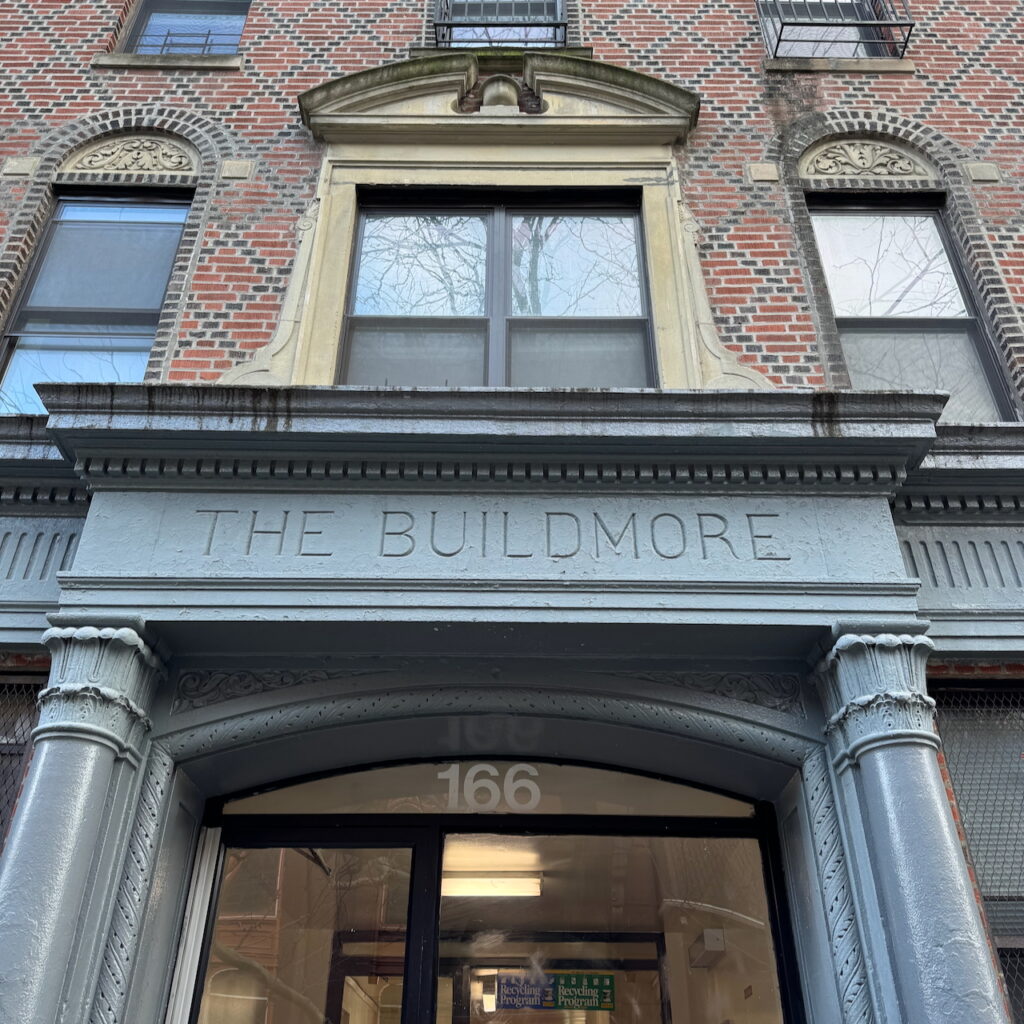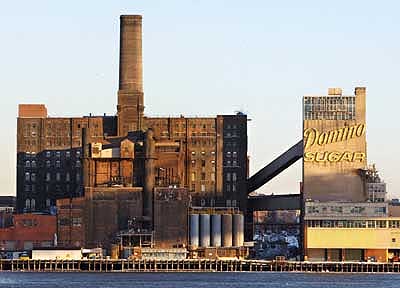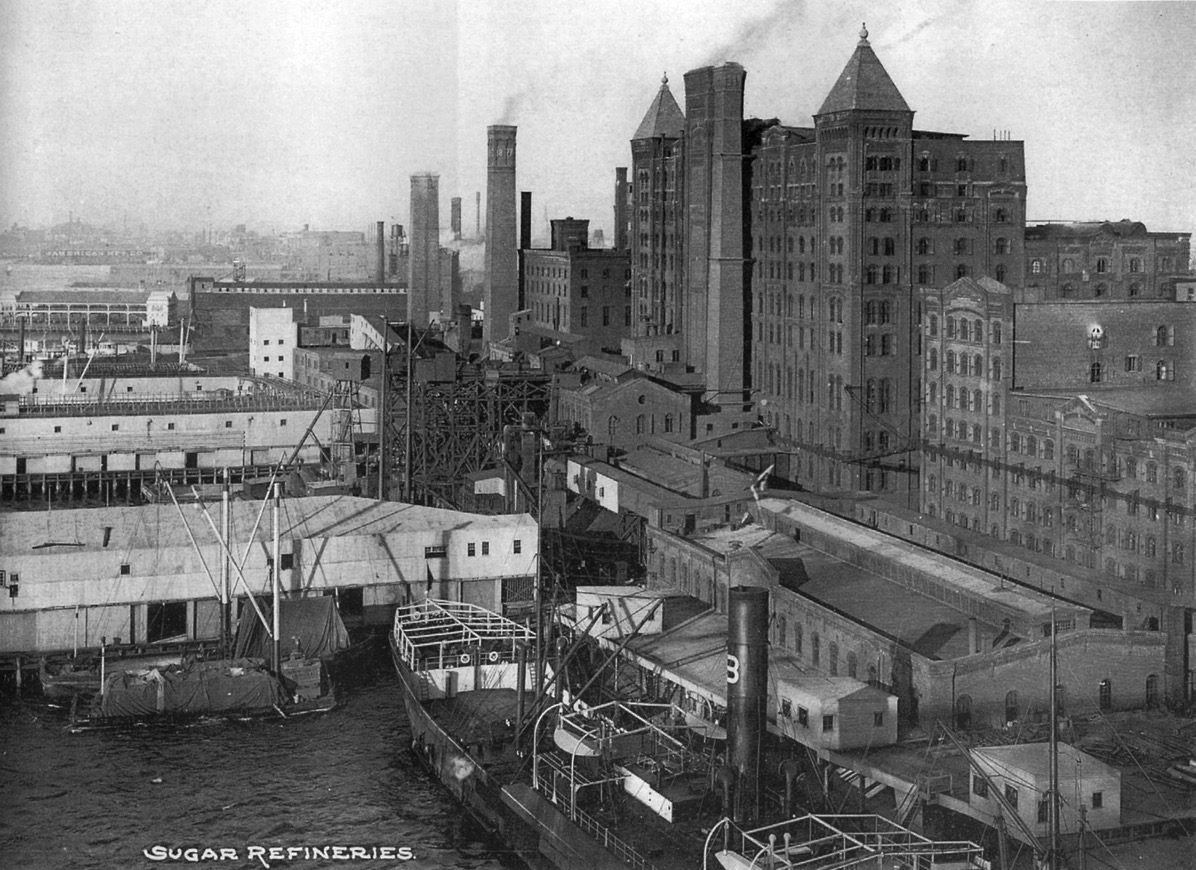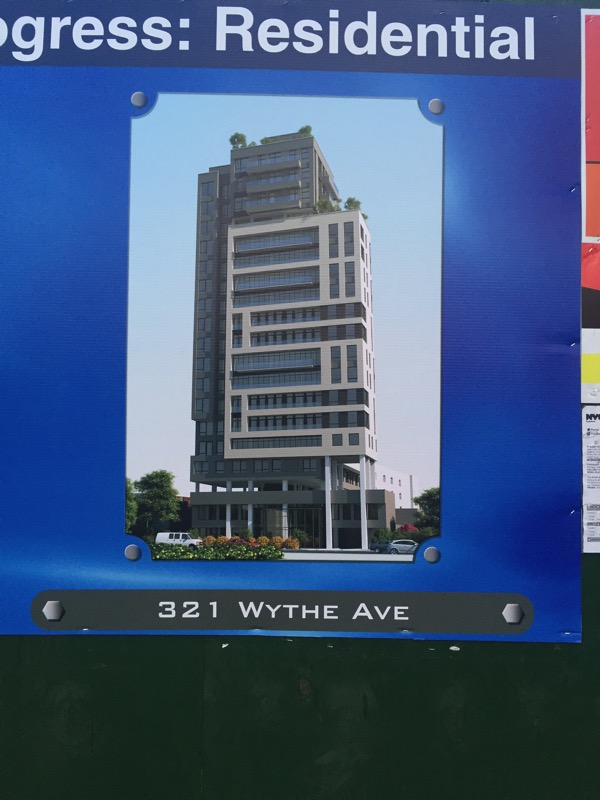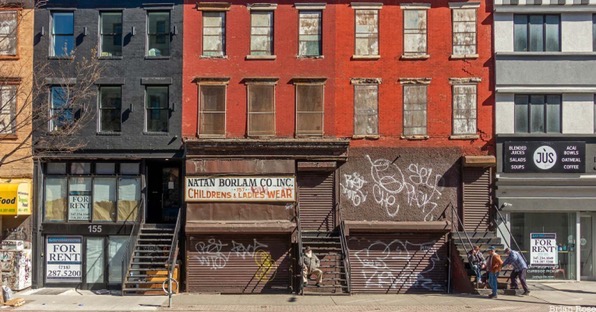
Havemeyer Street, 2020
Photo: Brian Rose via Untapped Cities
Some lovely photos by Brian Rose taken during the Spring of 2020, peak time of the shutdown. (It strikes me that many of the subject places he photographs are pretty empty during normal times.)

